Gardening | Peonies
Written by H, Posted in Gardening
Our peonies have officially been in bloom for one week! This year, Wes and I really wanted to document the full process of the various plants in our garden and keep a photo journal so we can look back year after year and enjoy our progress.
We’ve got three peony plants in our front yard, and throughout the fleeting weeks of June, we love watching our peony plants grow and blossom.
For the first time, we opted to use tomato cages around our peony plants to ensure that once at their full maturity for the season, the heavy balls of fluff didn’t just flop over due to their weight. The cages have been relatively successful, however we know for next year that the light pink peonies require the cage to come up just a bit higher (as you can see from these photos).
Do you have peonies planted in your garden? If so, what are your tips for best practices for the colourful perennials?
Some of our tips for keeping peonies:
- Early on in the season, use tomato cages to provide support around your peony plants. This will encourage the plants long, thin stems to grow straight, and also provide support for when the peony petals bloom (they’re a top-heavy plant).
- Let the peony seeds drop if you want a fuller plant year after year. Many people opt to collect their peony seeds before they drop, however if you want your plant to continue to thicken, let the seeds fall naturally.
- Plant any seeds you do collect in the fall. If you plant peony seeds in the spring, chances are your peonies will not grow and bloom until the following spring. Like garlic, peonies do best if they’re planted in the fall.
- Don’t forget to enjoy your blooms! The season for peonies is a short one, so don’t forget to cut some of your peony blooms and enjoy them; they work wonders in brightening up a table setting — or someone’s day!
If you’d like to see pictures of our peonies from last year, check out this post about why I think peonies are some of the best perennials for your garden.

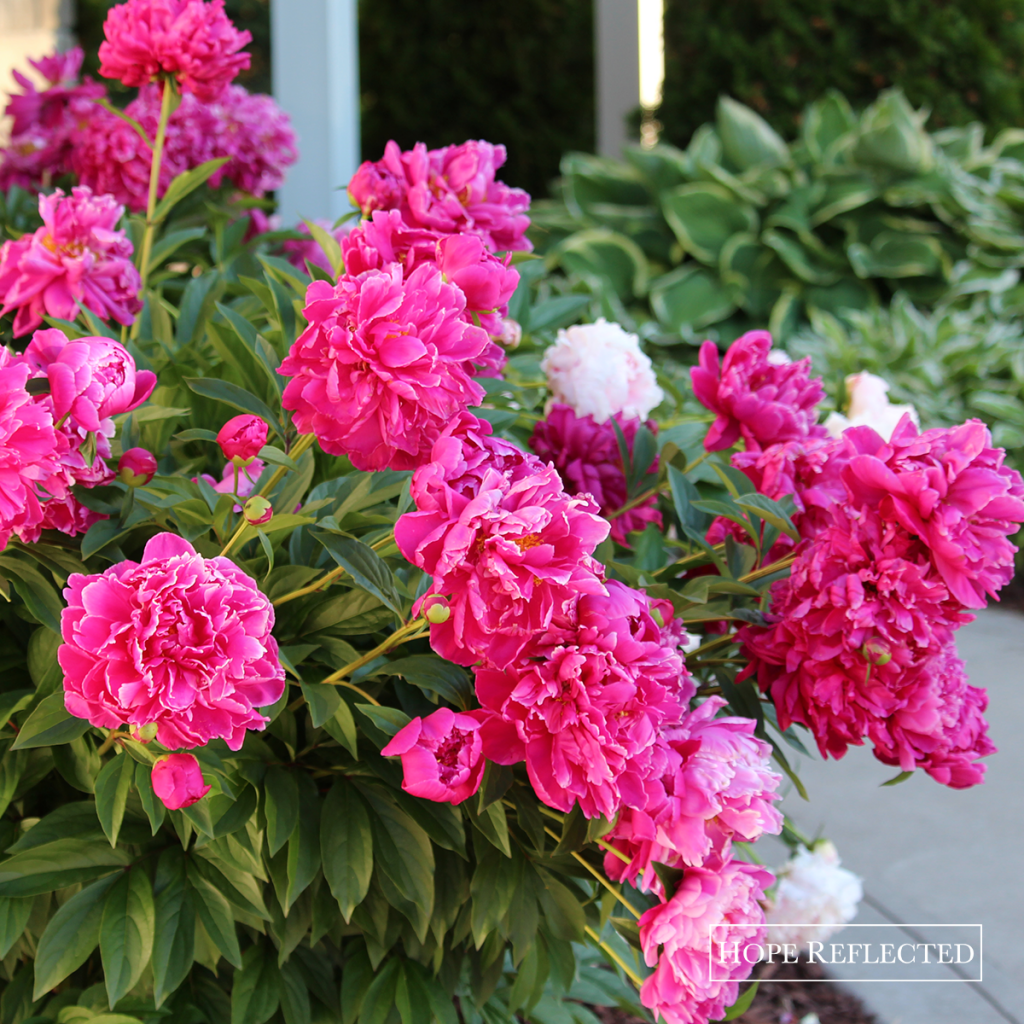
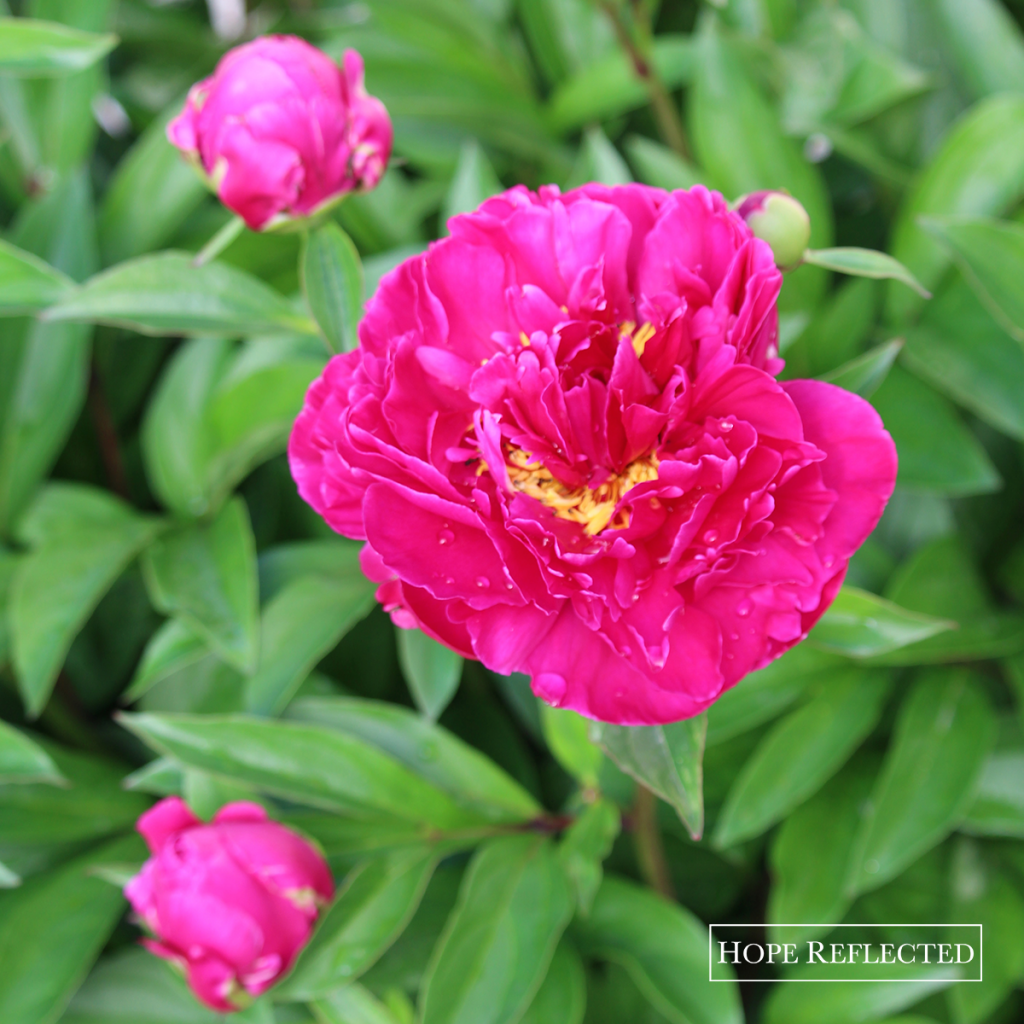
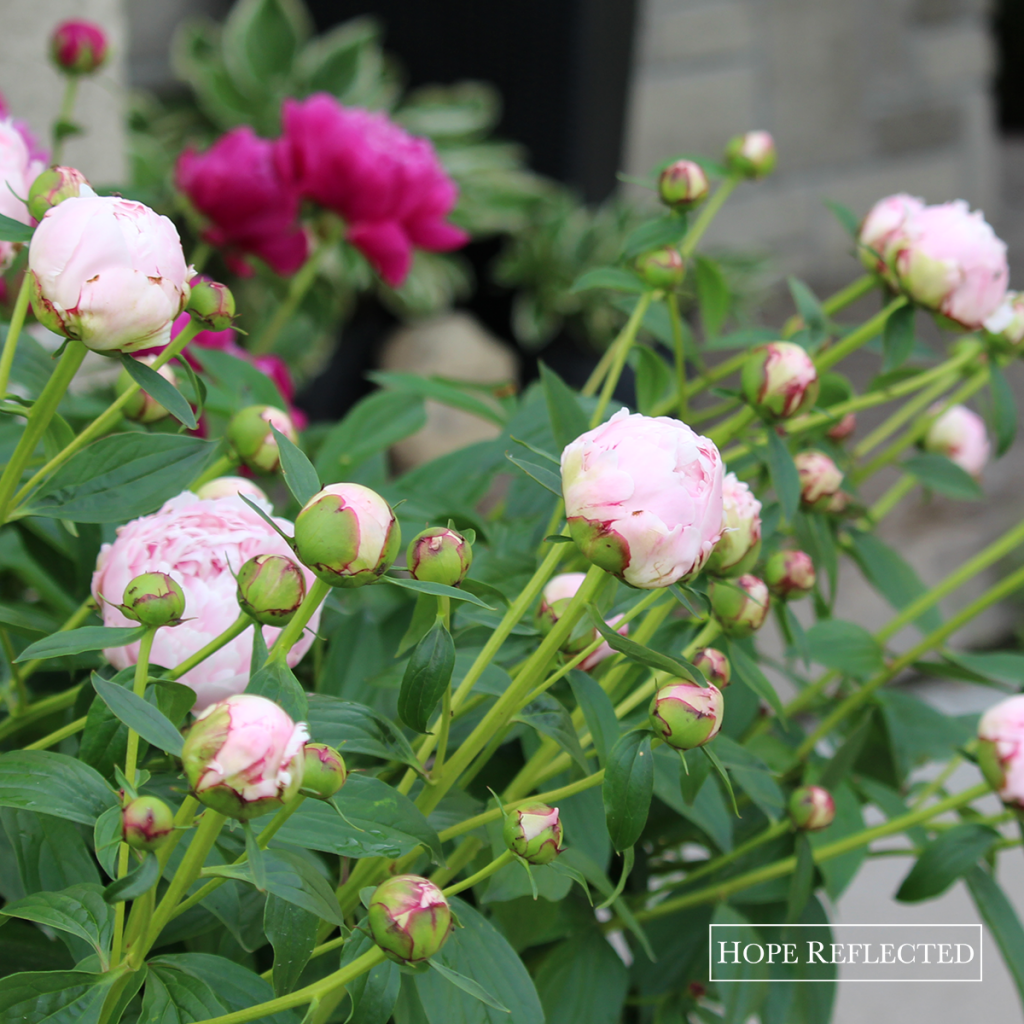
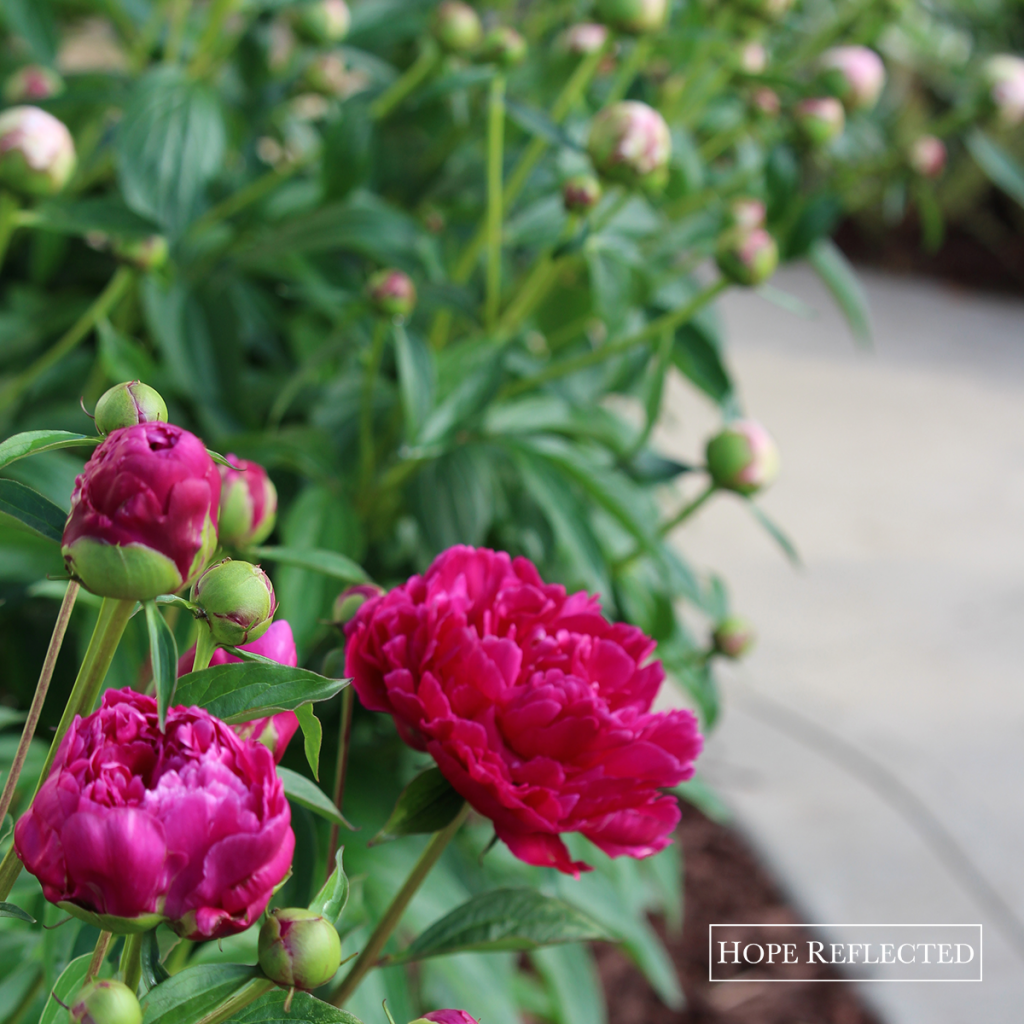
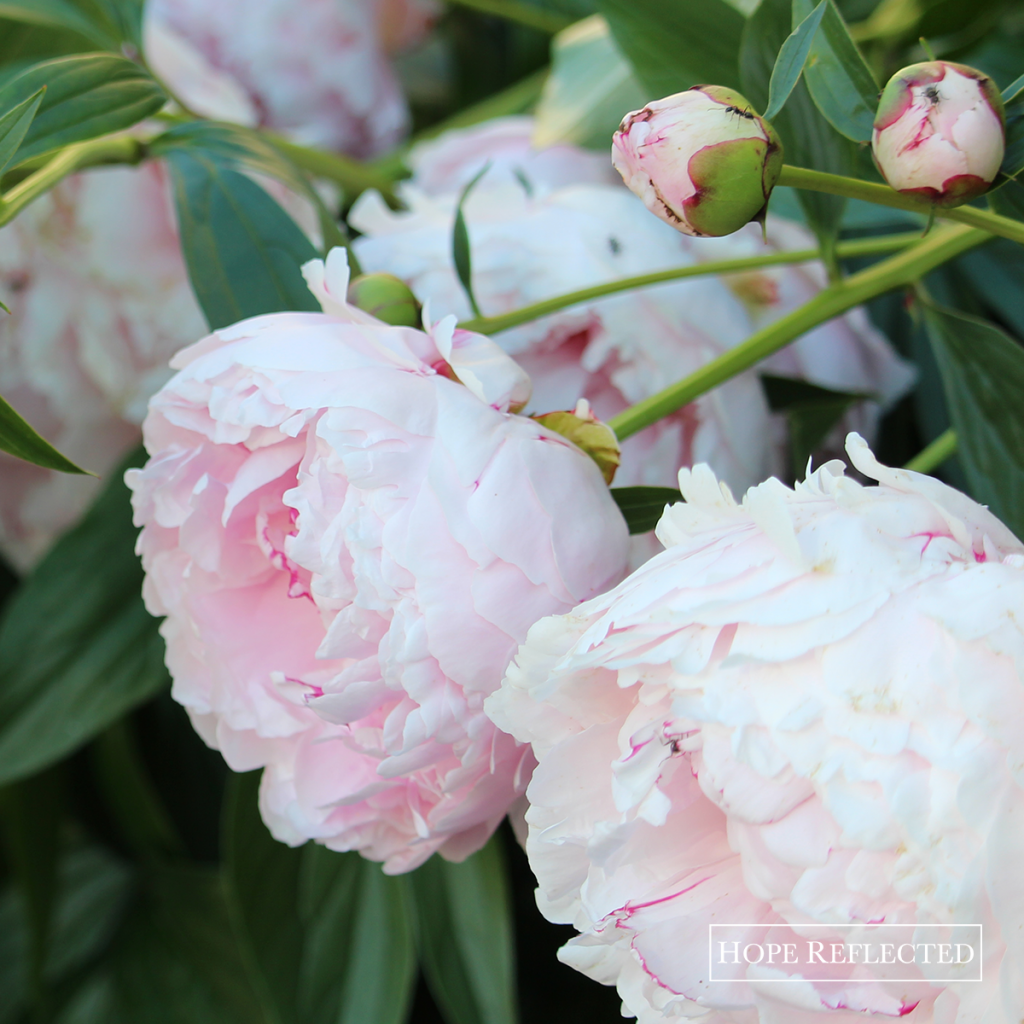
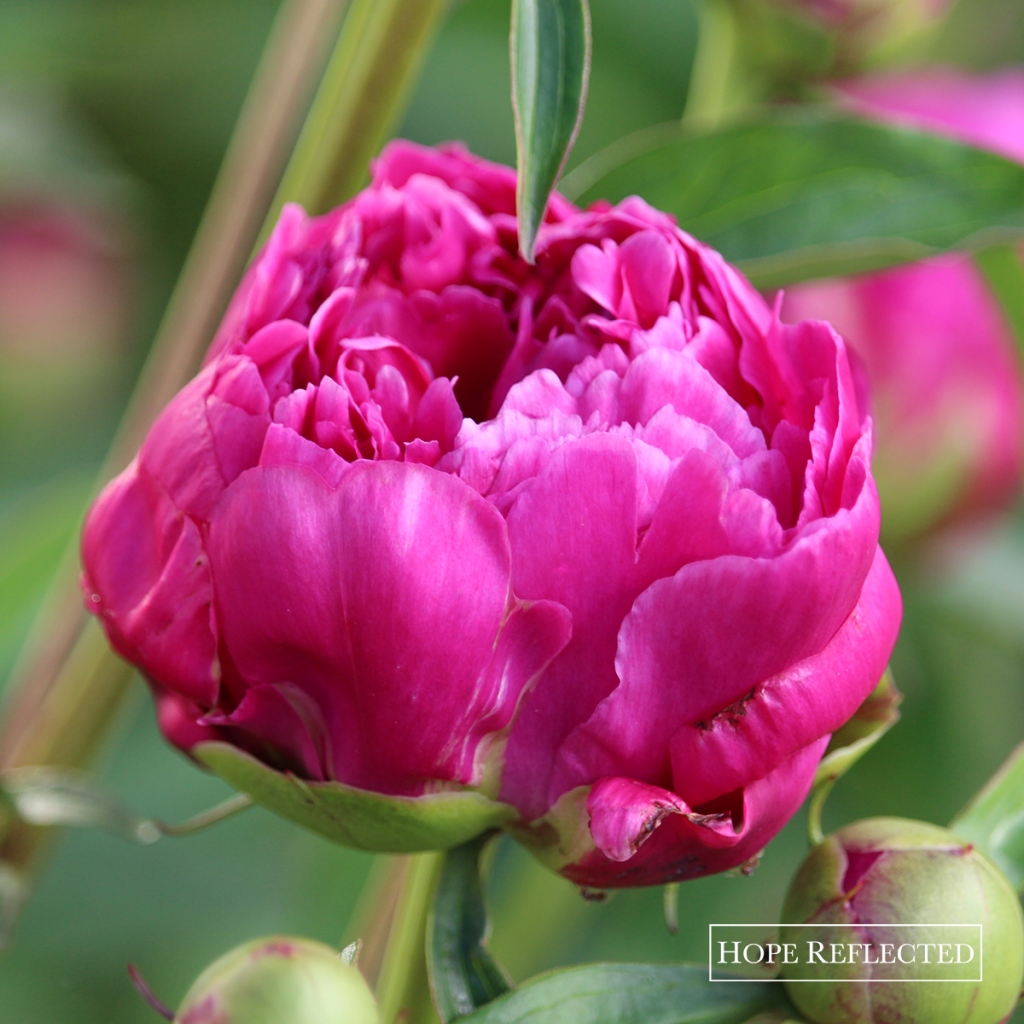
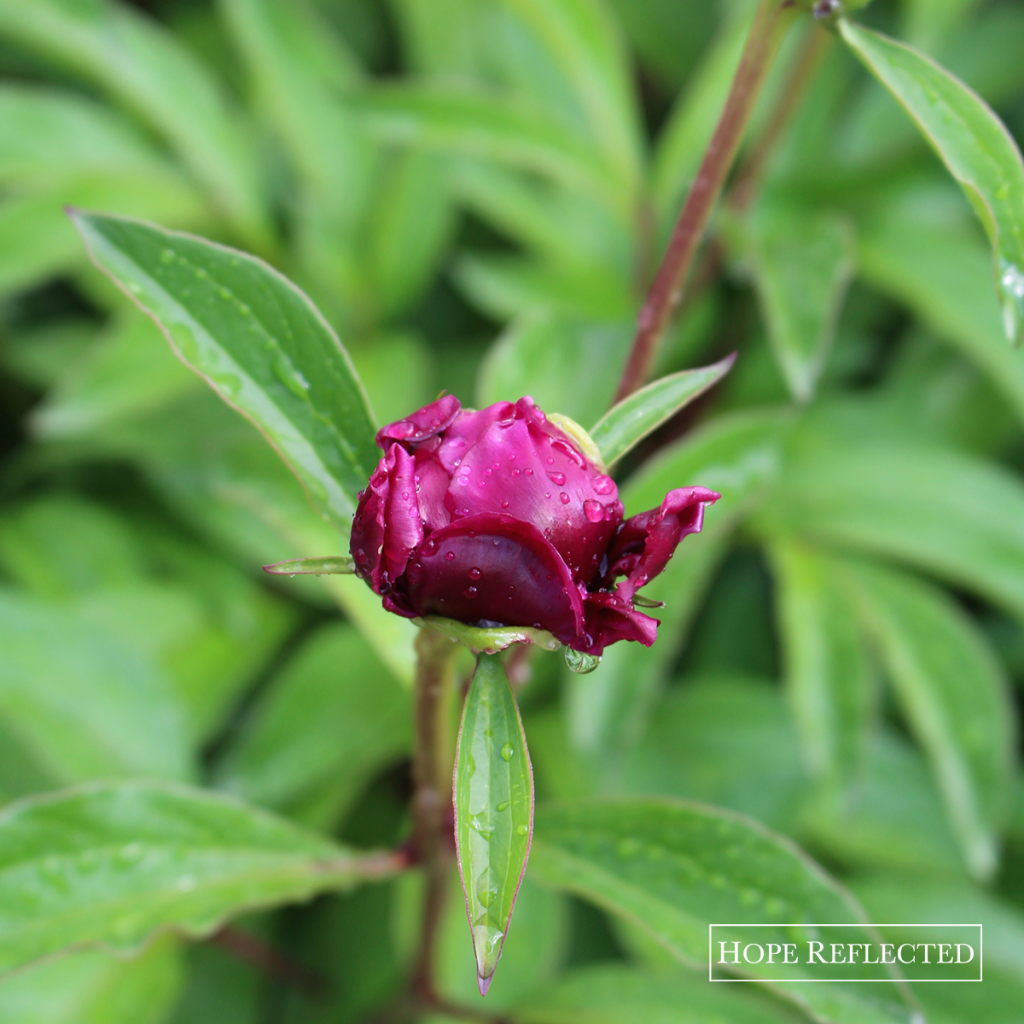
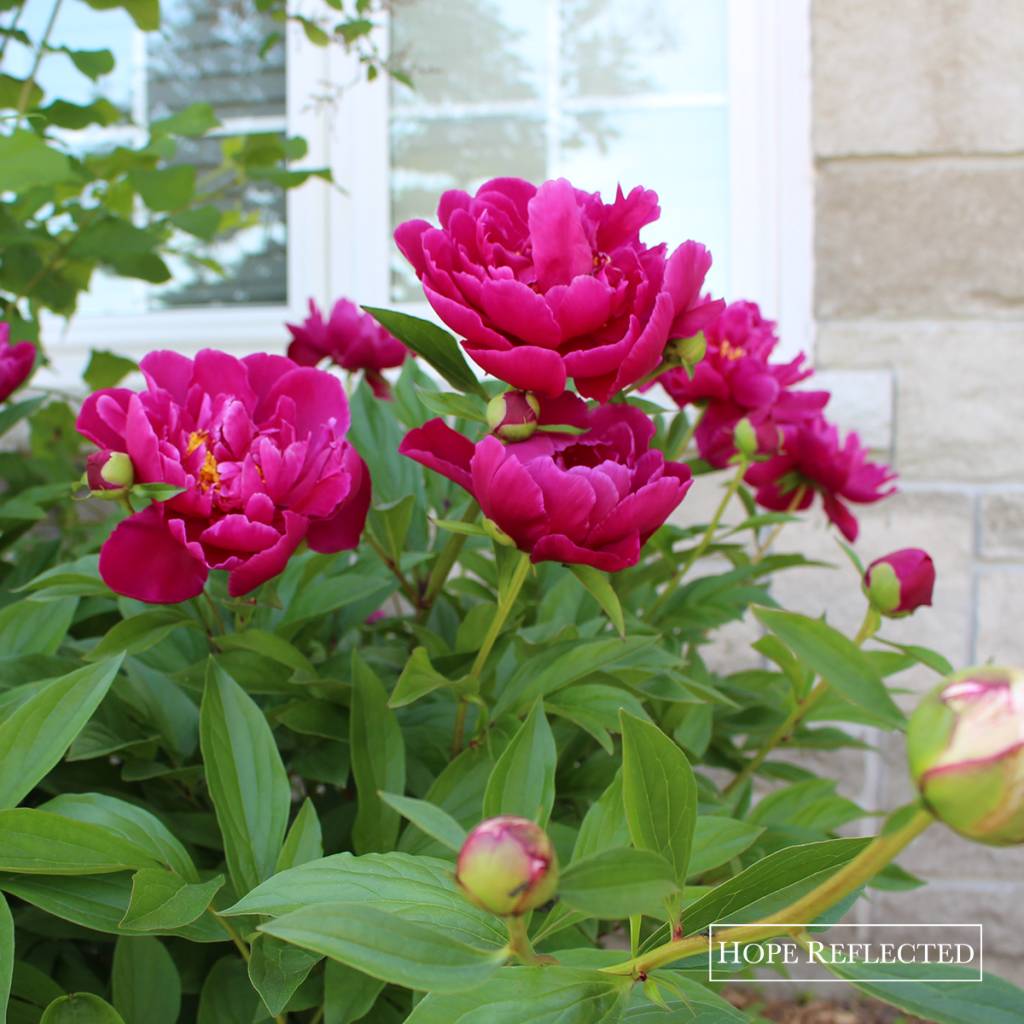
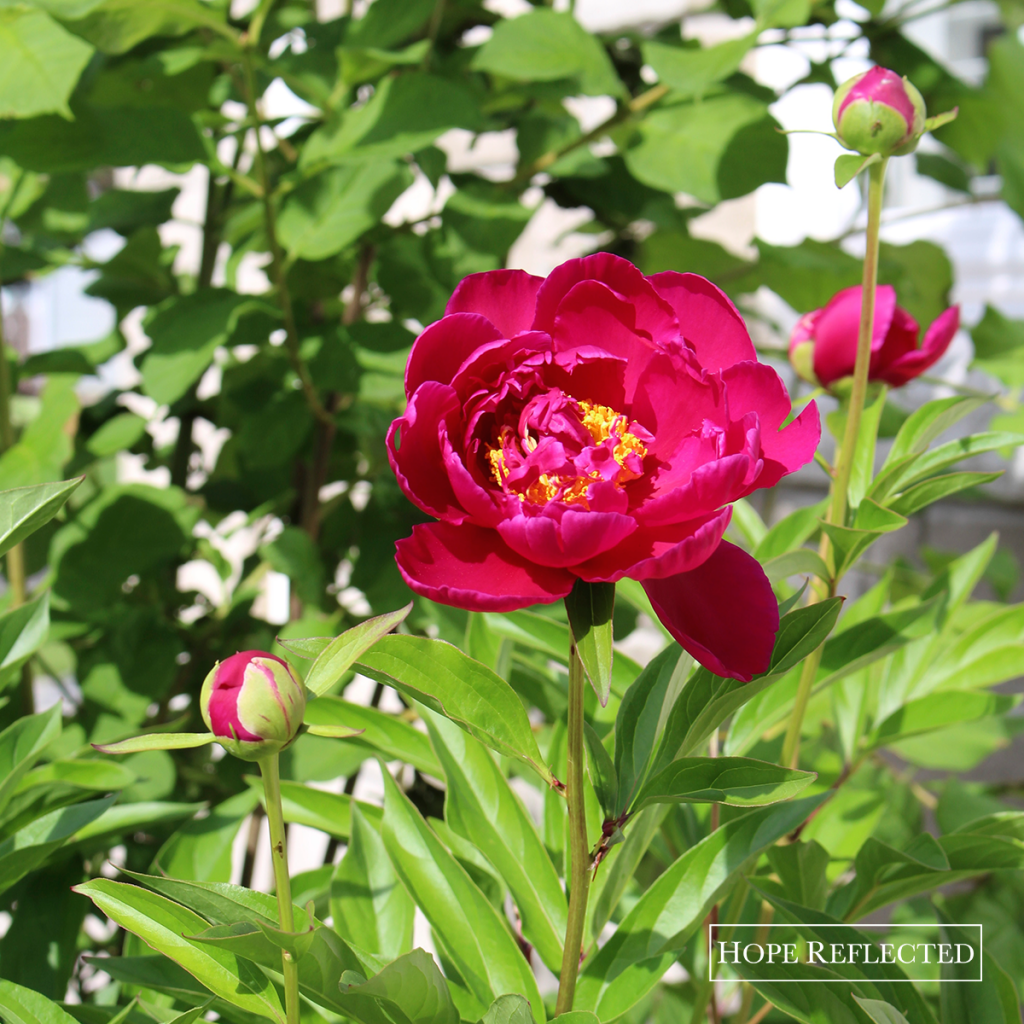
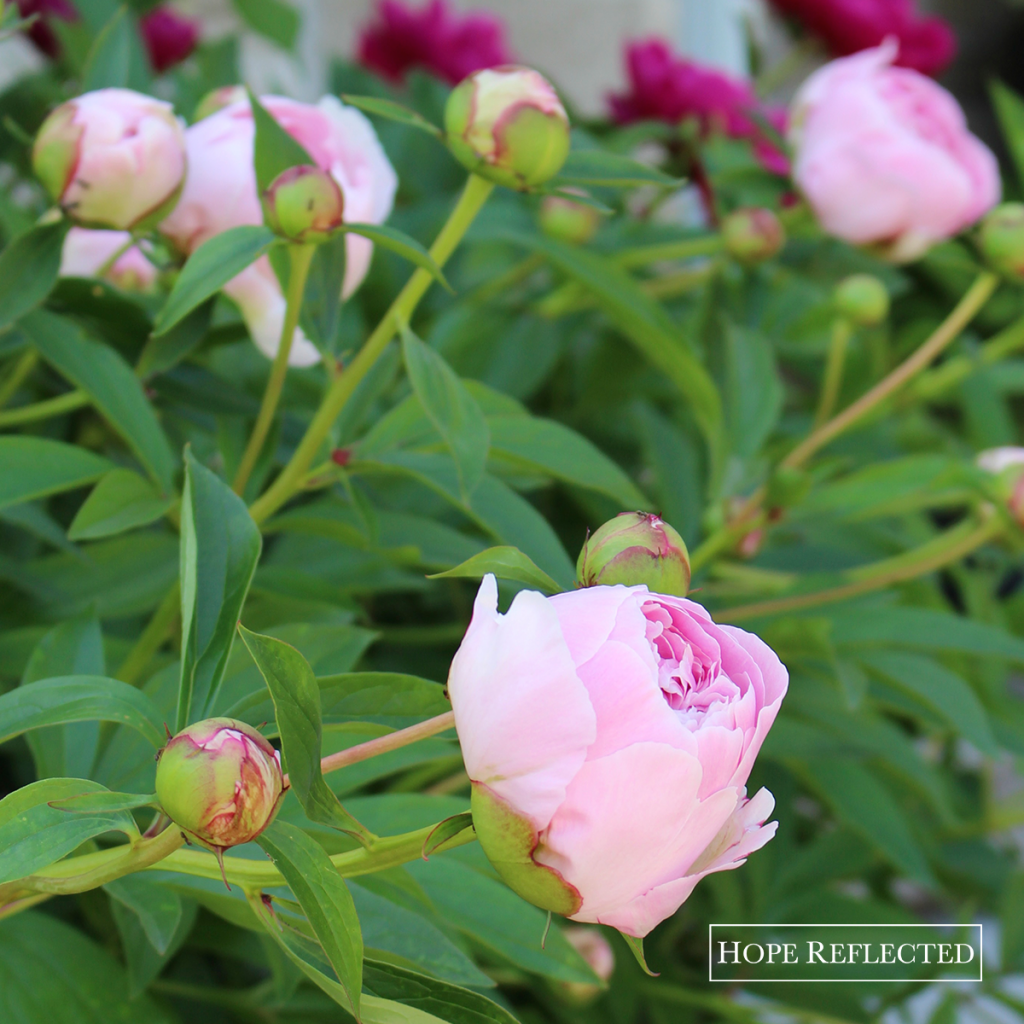
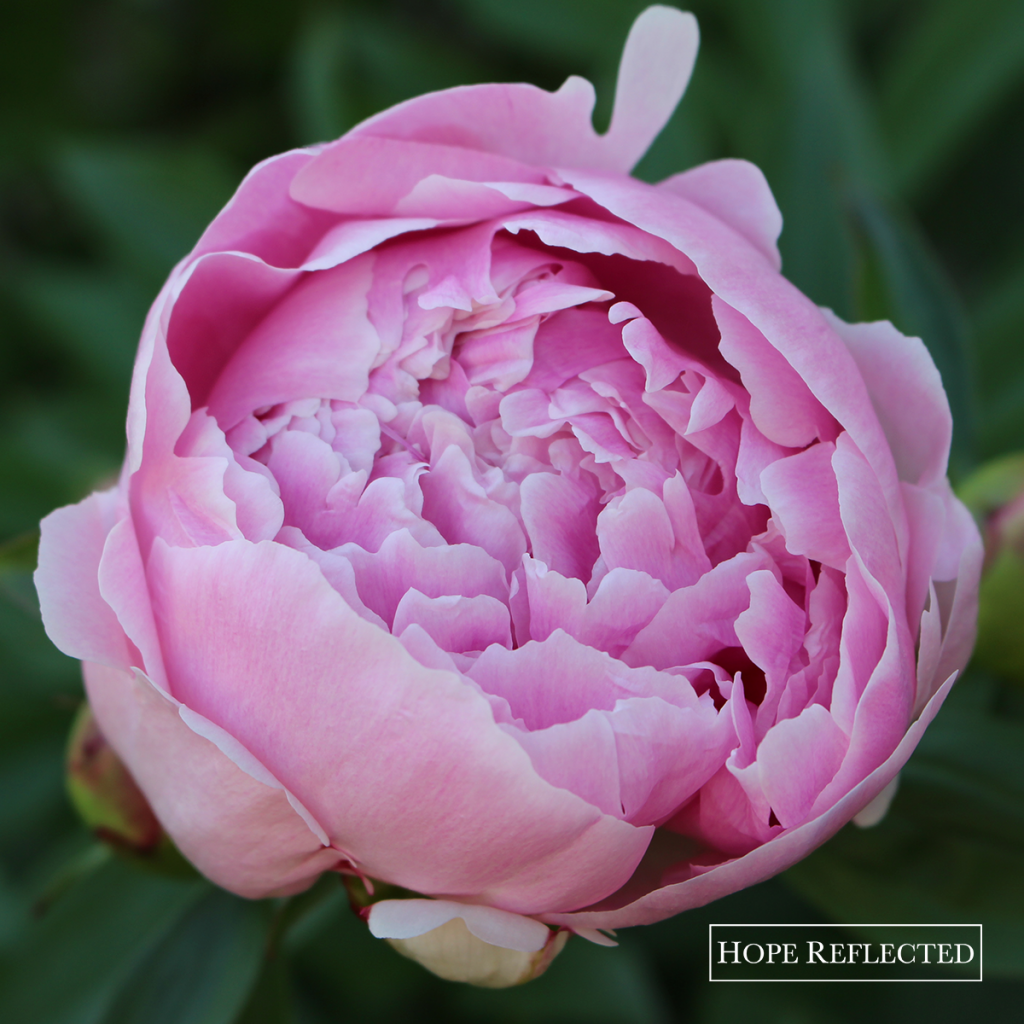
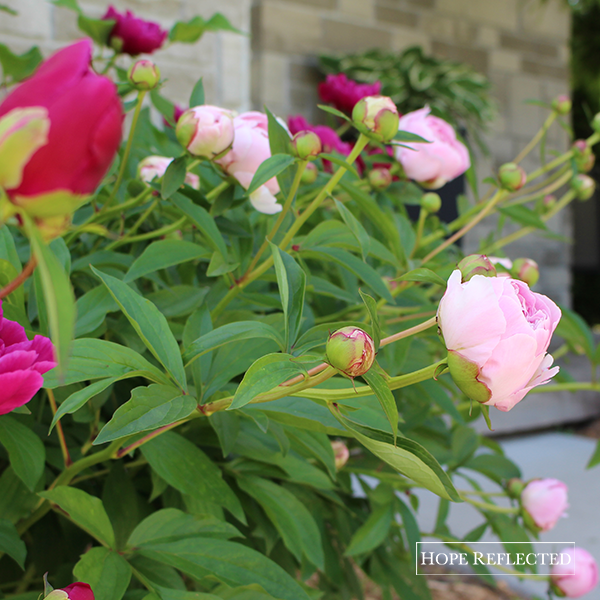
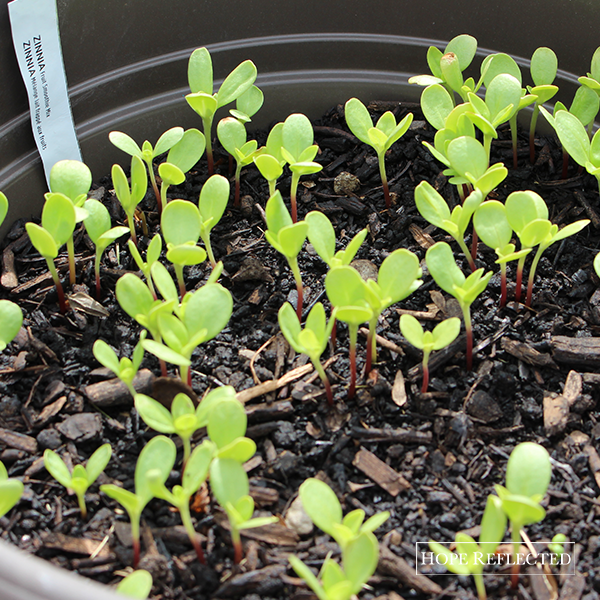
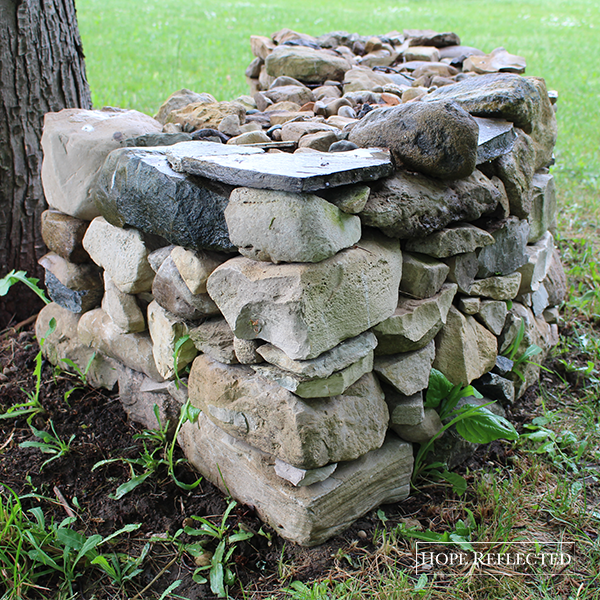
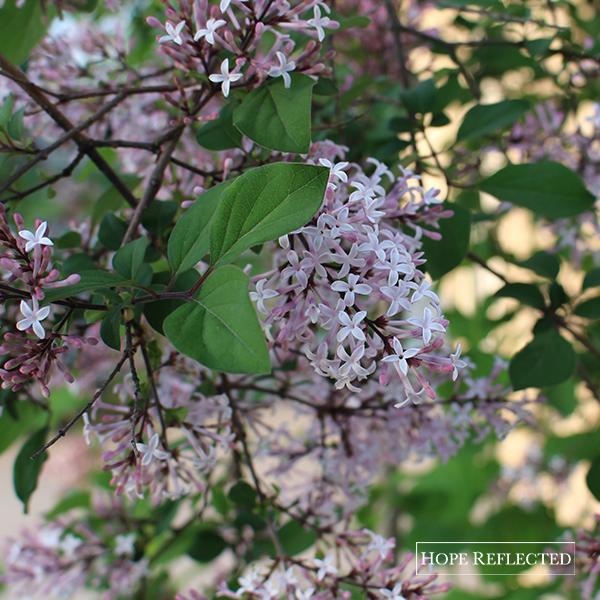

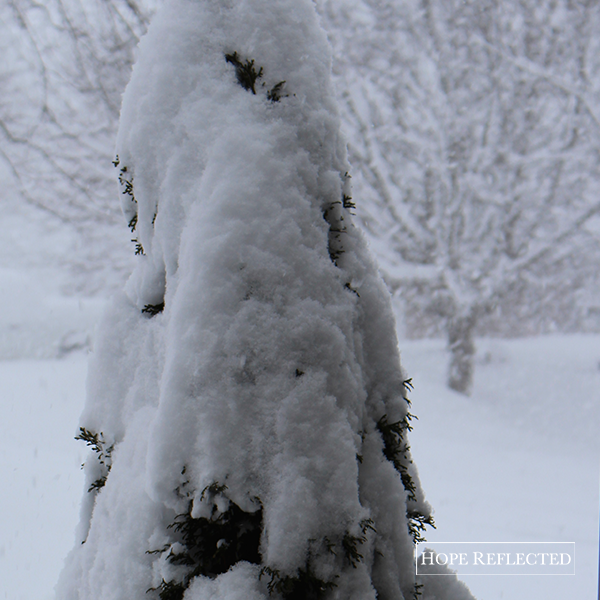
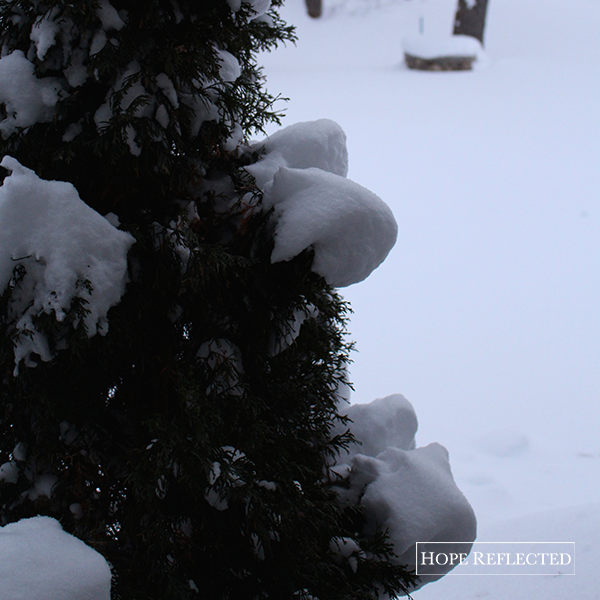
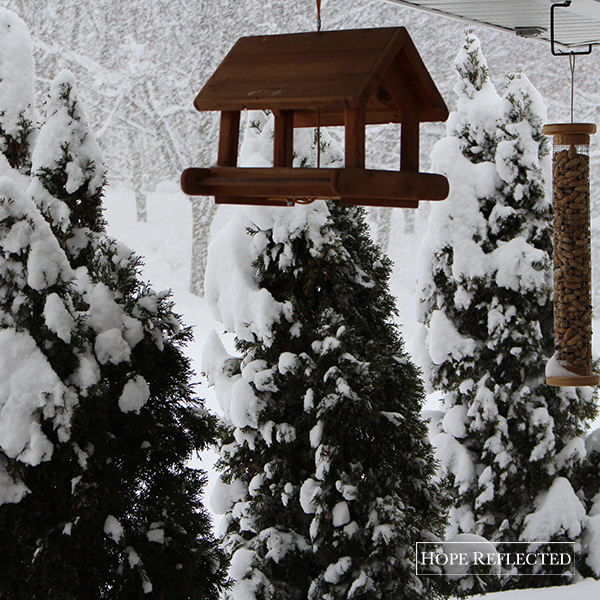



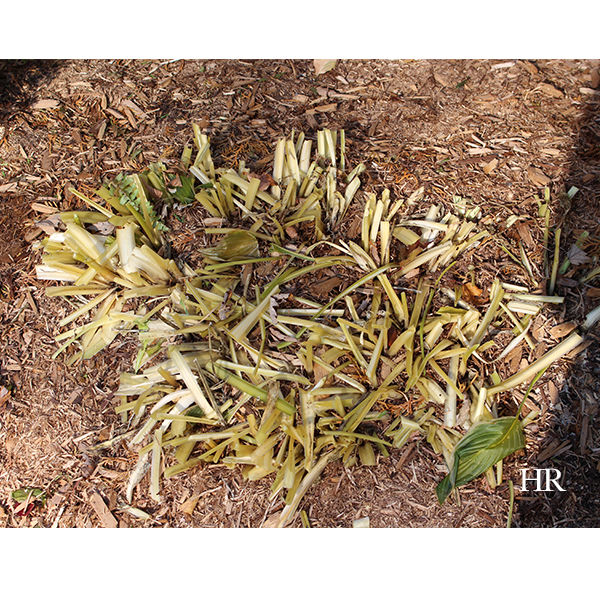
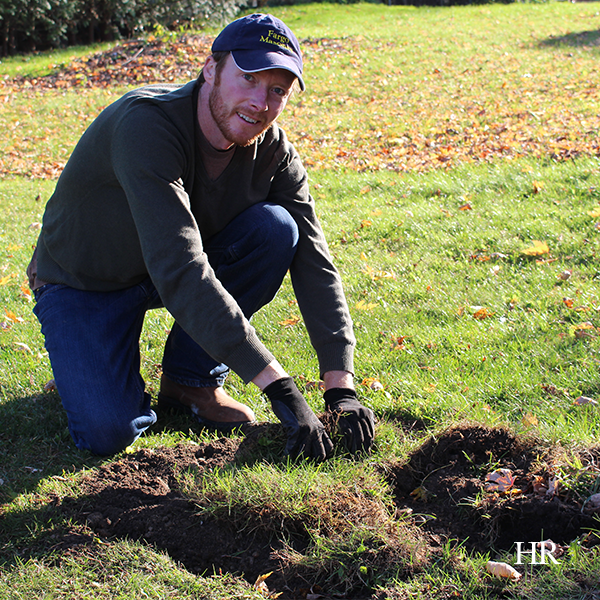
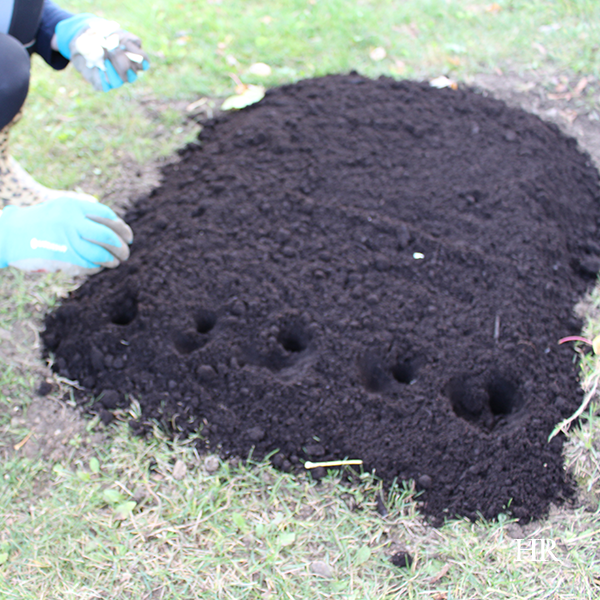
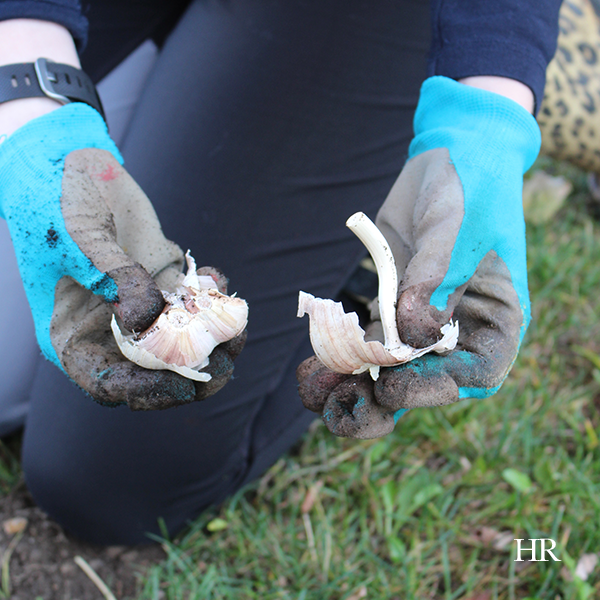
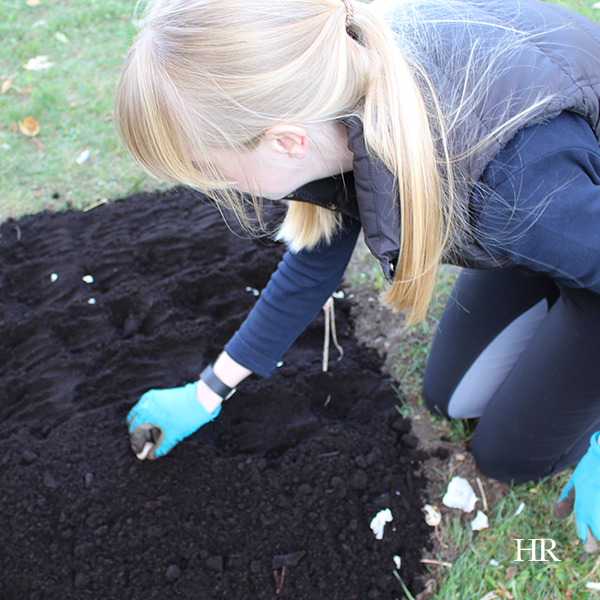
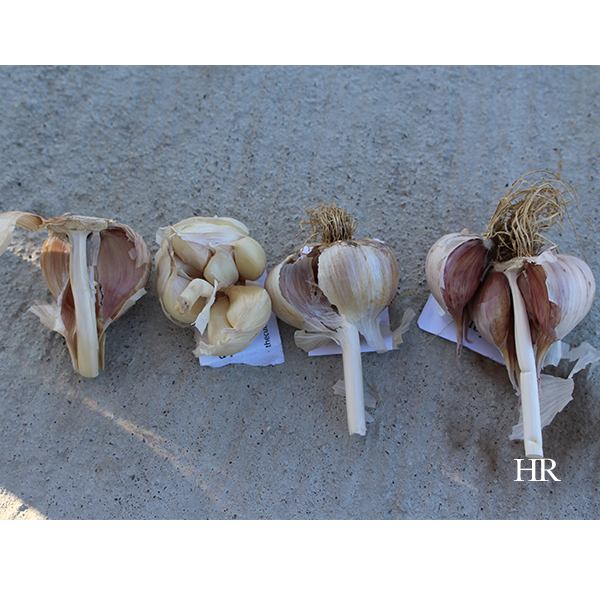
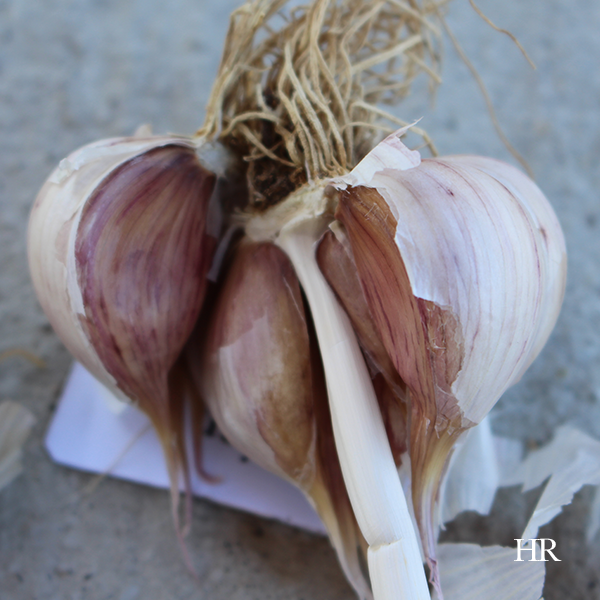
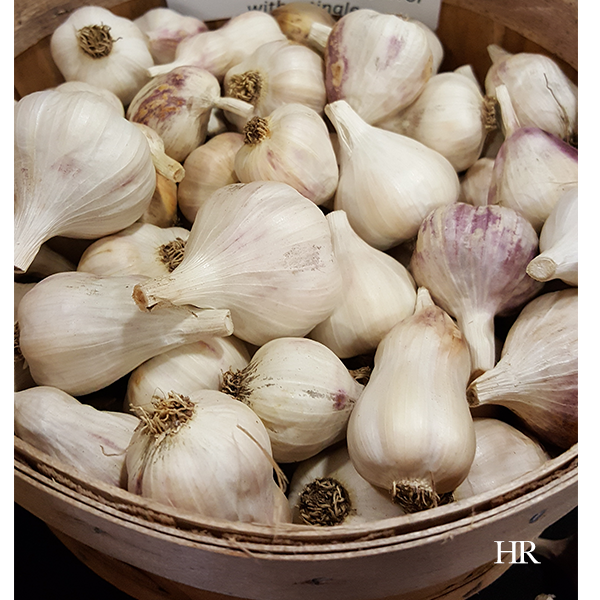
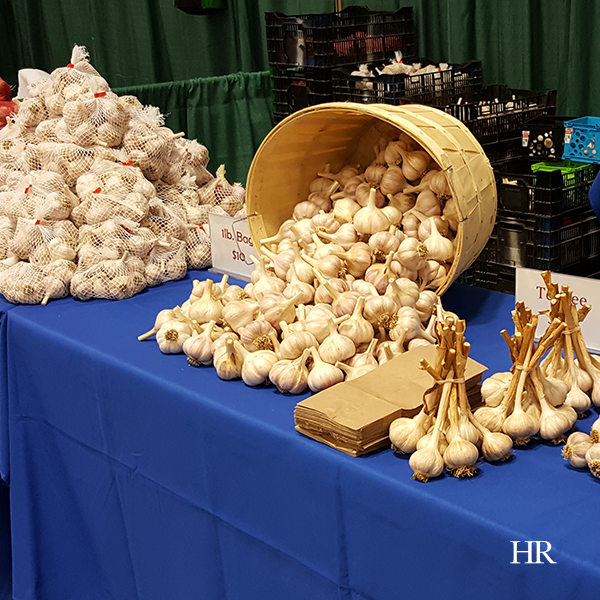
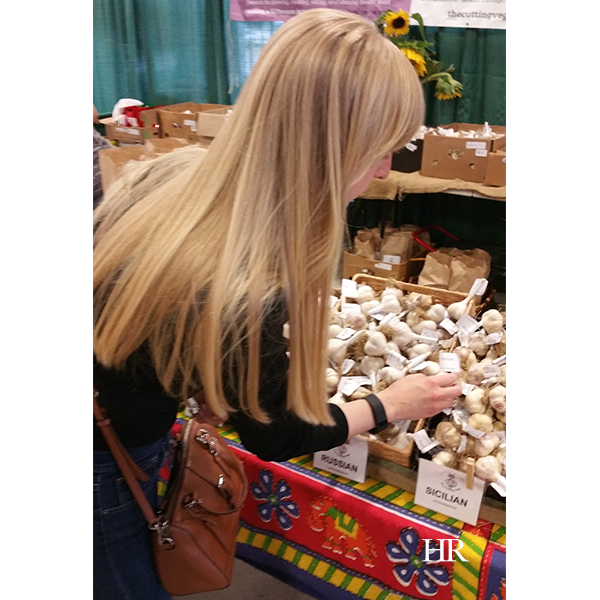
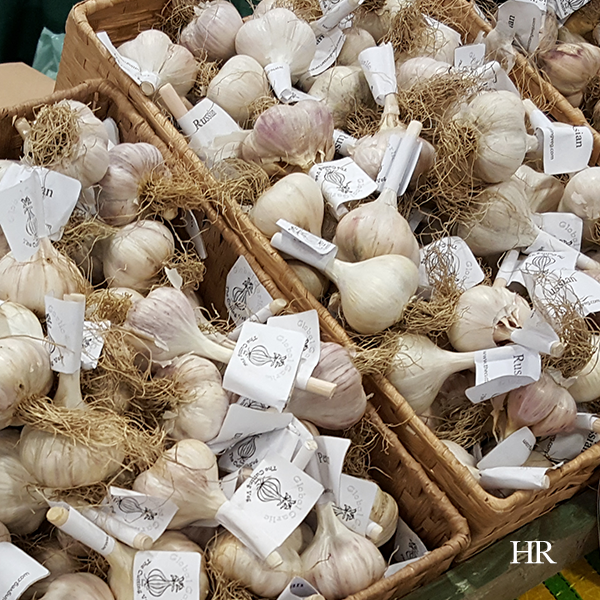
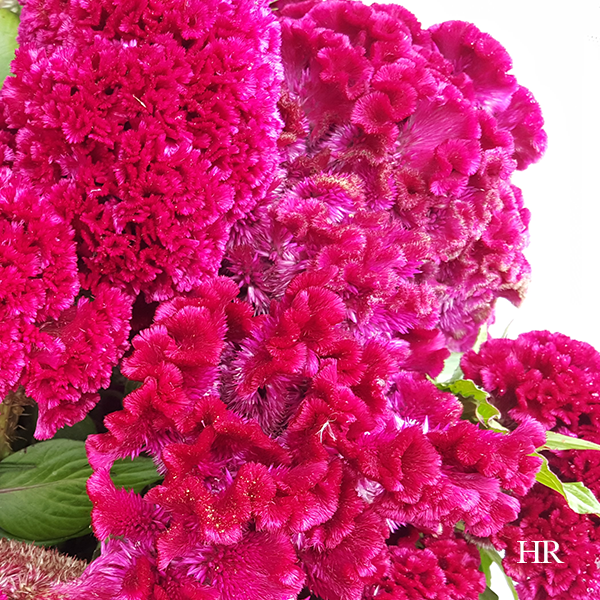
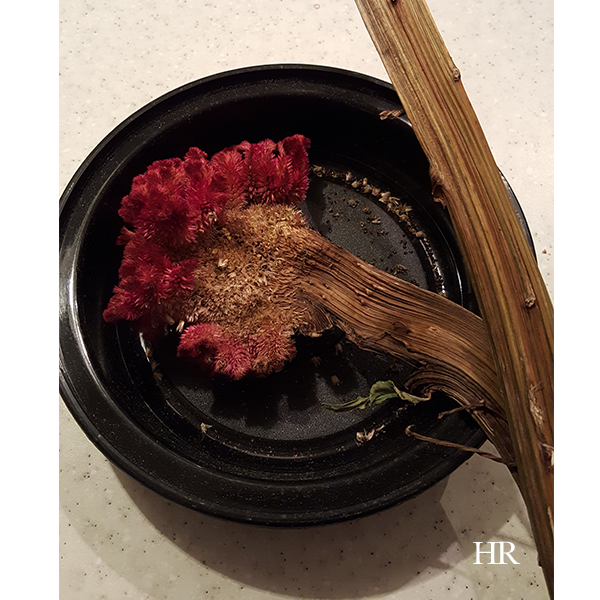
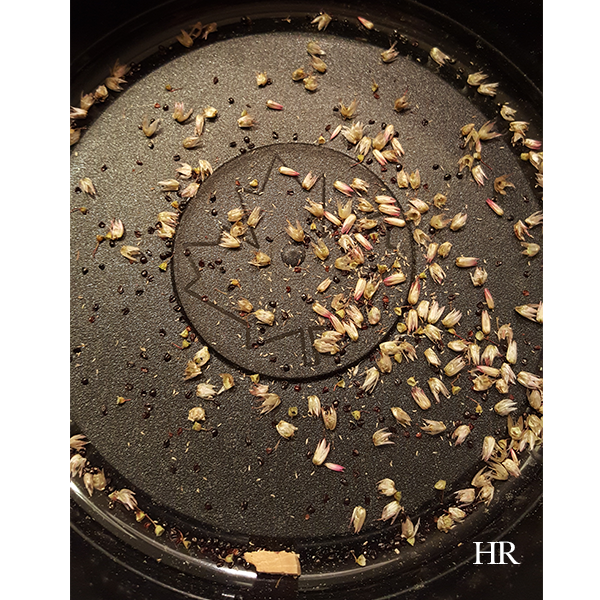
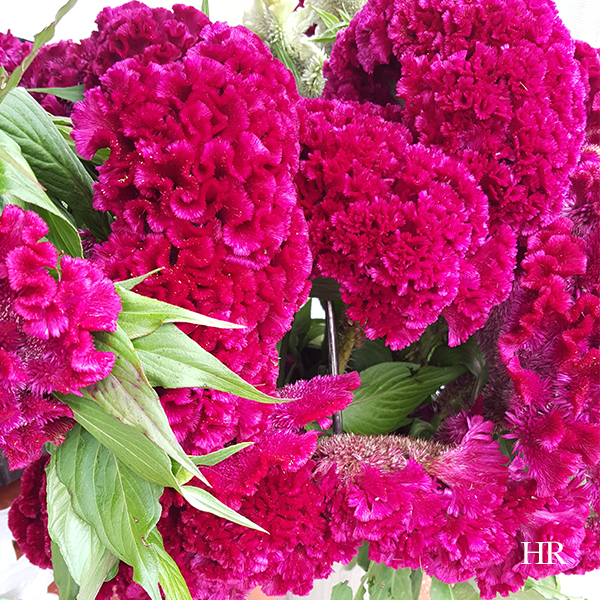
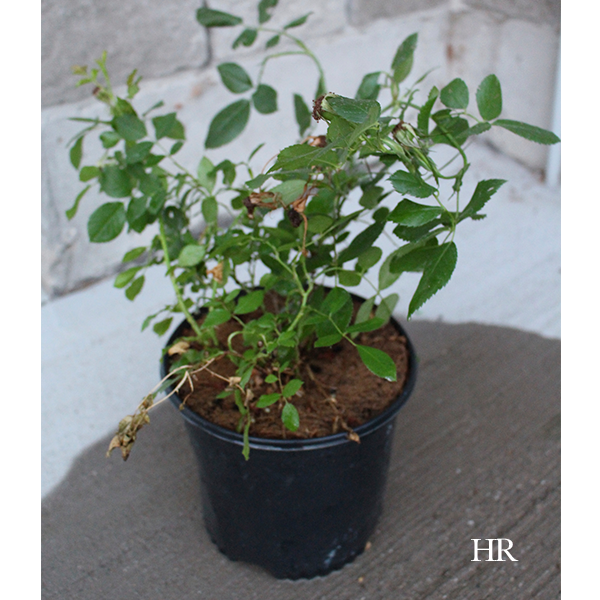
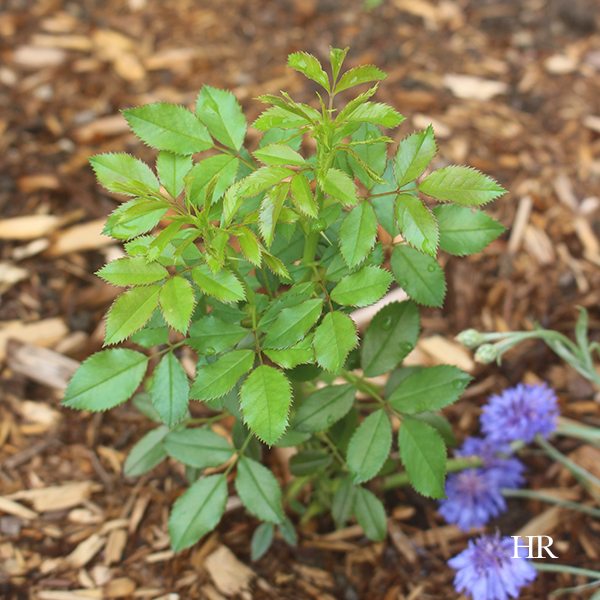
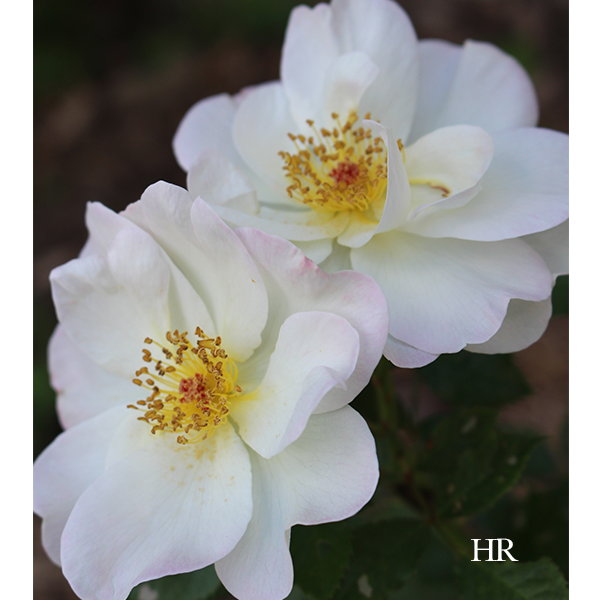
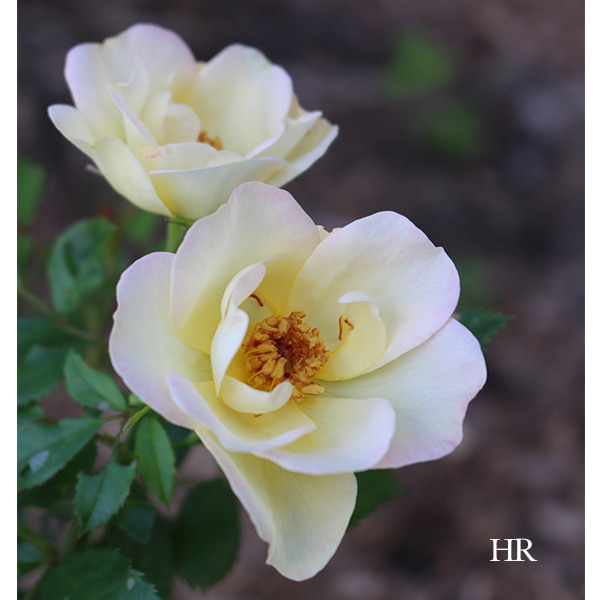
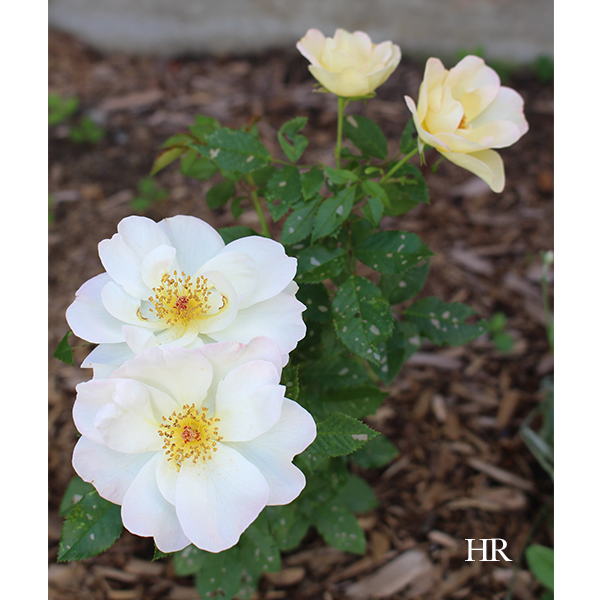
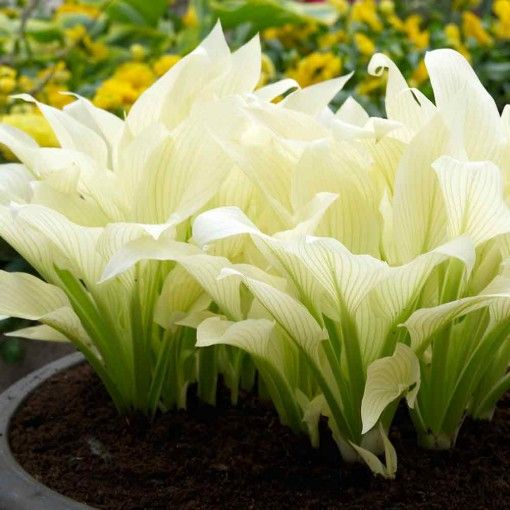
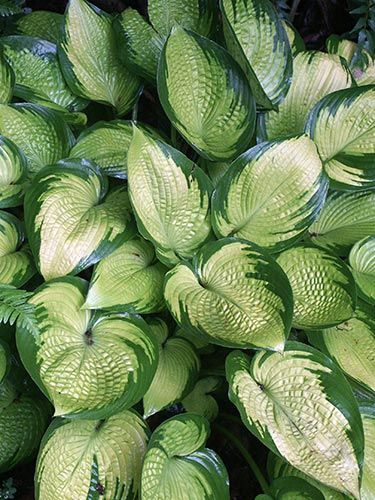
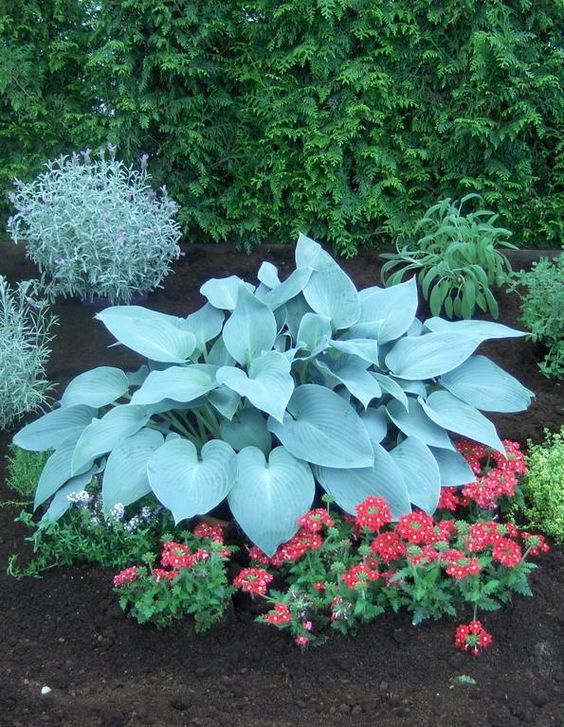

![False friends or counterfeit kindness; whatever you want to call it, the world is filled with people who will say one thing to your face and then another behind your back; people who will woo you in order to get something from you.
It’s sad, but it’s true.
The Bible provides us with examples from Joab to Judas, and yet, we’re surprised when we find ourselves deceived and hurt by someone else.
So what are some of the hallmarks of a true friend?
You can read more about this on hopereflected.com [Link in profile]
.
.
.
#friends #friendship #kindness #counterfeitkindness #hurt #proverbs #truefriends #hopereflected #blog #blogpost](https://www.hopereflected.com/wp-content/plugins/instagram-feed/img/placeholder.png)